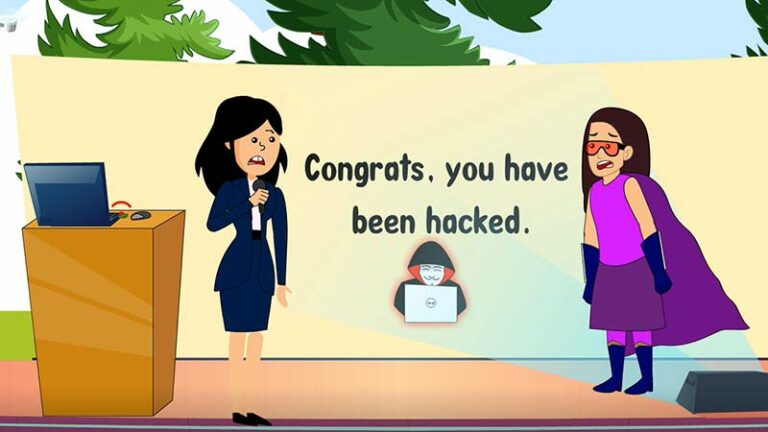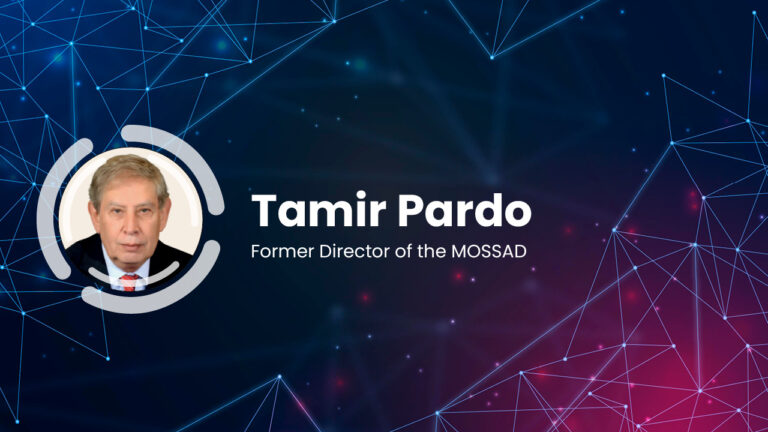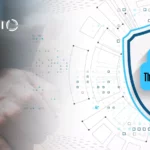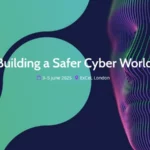What is a CISO?
A Chief Information Security Officer (CISO) is a senior executive responsible for establishing and maintaining an organization’s information security strategy. The CISO ensures that data, systems, and assets are protected from internal and external cyber threats, including malware, phishing, data breaches, and more.
What Are the CISO’s Responsibilities?
The responsibilities of a Chief Information Security Officer (CISO) are paramount to any organization. A CISO is tasked with overseeing the protection of digital assets from cyber threats such as malware, phishing, data breaches, and unauthorized access. These responsibilities include implementing robust security policies, managing intrusion detection and prevention systems, and ensuring the encryption of sensitive data—all of which form the backbone of an organization’s cybersecurity defenses.
Key CISO Responsibilities
The CISO Responsibilities extend far beyond mere technical expertise. CISOs lead security teams, collaborate with other departments, and develop strategies to mitigate risks and protect organizational assets. With the ever-growing number of cyber-attacks and unauthorized access attempts by hackers, the CISO Responsibility of safeguarding the organization is increasingly critical.
Routine and Stress Management for a CISO
The CISO Responsibility begins early, especially as the cyber world never sleeps. Each day starts with ensuring any potential breaches from overnight have been addressed. Managing such high-level CISO Responsibilities requires finding balance between work and personal well-being. According to Gartner, the best-performing CISOs manage their stress effectively, something essential for carrying out these demanding responsibilities.
Continuous Monitoring and Threat Assessment
Continuous monitoring is one of the most crucial CISO Responsibilities. Cybersecurity threats are constantly evolving, making it essential for the CISO to stay ahead. By using security software solutions and threat intelligence databases, the CISO Responsibility includes not only monitoring but also staying informed about the latest tactics used by cybercriminals. This ongoing vigilance is necessary for identifying new vulnerabilities and ensuring the security posture remains robust.
Incident Response and Investigation
A CISO Responsibility that cannot be overlooked is managing incident response when a cyber breach occurs. The CISO is responsible for leading investigations into any attacks, understanding the root cause, and implementing corrective measures to prevent similar incidents in the future. These tasks may be time-consuming but are critical for long-term security improvements.
Critical CISO Responsibilities: Stakeholder Engagement and Communication
The CISO Responsibilities also extend to stakeholder engagement, often requiring direct communication with key players like the CEO and CFO. The CISO must translate cybersecurity threats into understandable financial and business terms to gain approval for security investments. Similarly, engaging with other departments such as marketing highlights the importance of cybersecurity as a value proposition for consumers, ultimately enhancing the company’s reputation.
Employee Training and Awareness: Enhancing Cybersecurity
Human error remains a leading cause of cyber threats. Through training programs, the CISO raises awareness about phishing, social-engineering, and how employees can protect against data breaches. This proactive approach enhances the organization’s overall security-risk management.
Regulatory Compliance and Strategy Development
As part of the more tedious CISO responsibilities, I need to fully understand various privacy regulations and frameworks that impact an organization’s cybersecurity approach such as GDPR, CMMC and CCPA. It is my responsibility to establish a cybersecurity strategy that details our cybersecurity approach. This plan, however, needs to comply with the relevant cybersecurity regulations and frameworks. Even more confusing is that many of these regulations are ambiguous and contradictory. But I use this hour and a half to improve my understanding.
Developing an Organization’s Cybersecurity Strategy
Developing a cybersecurity strategy that reduces risks and strengthens the organization’s defenses is one of the primary CISO Responsibilities. This strategy should address current practices, outline future improvements, and ensure that the organization’s security posture aligns with its business objectives. It is also essential to implement identity and access management policies to control who has access to sensitive data.
Research and Technology Evaluation
I spend the last thirty minutes at the office doing research. As mentioned, the cybersecurity strategy that my team and I are developing will include a list of security software that needs to be acquired that will cover the entire IT infrastructure. To know which security software will be beneficial to our organization, I spend time researching various offers on the market and compare them to the data I have on the evolving attack surface. For example, I know that cybercriminals are more frequently deploying hardware attack tools, so I will be on high alert for security software solutions that offer mitigation against hardware attacks.
Work-Life Balance and Responsibility
After a long day, I shut down my computer and leave the office. Although I try to leave work at work, my job title means I am responsible for a department that never sleeps. However, I sleep well at night knowing that I have done a good enough job. Moreover, that, should a perpetrator manage to exploit a vulnerability, I have deployed the relevant measures to ensure that the organization can defend itself until I arrive at the office in the morning.
See also Chief Information Security Officer (CISO) – Part 2.
The Role of a CISO
As the digital landscape expands, so do the challenges. Modern CISOs must address cyber threats targeting diverse environments, including cloud security, endpoint protection, and IoT devices. They play a pivotal role in safeguarding against security breaches, ensuring compliance, and maintaining the trust of customers and stakeholders.
By integrating remediation measures and fostering collaboration across departments, CISOs ensure their organizations remain resilient against evolving cyber threats.






